A noninvasive, controlled method of drug delivery via functionalising gold nanocages for Alzheimer’s disease therapy increases the therapeutic efficacy of chelation therapy.
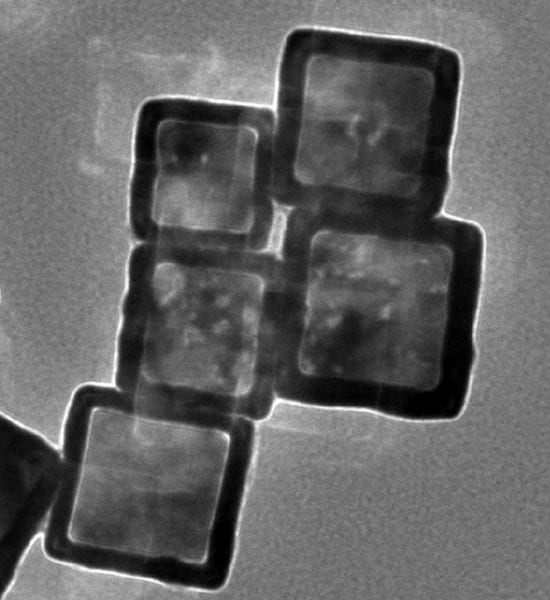

A noninvasive, controlled method of drug delivery via functionalising gold nanocages for Alzheimer’s disease therapy increases the therapeutic efficacy of chelation therapy.
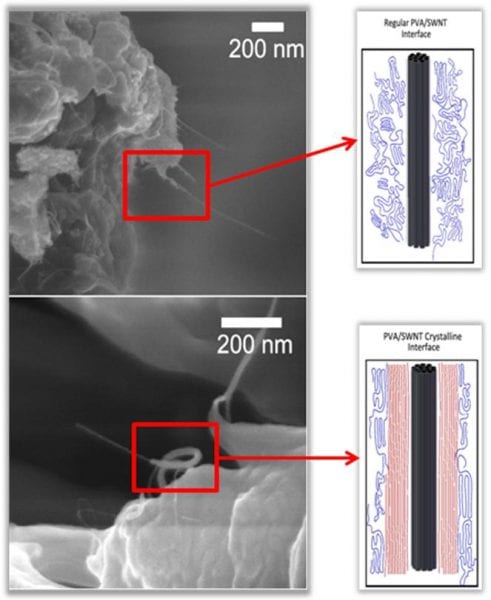
Shear-flow spinning used to produce poly(vinyl alcohol)/ single-wall carbon nanotubes composite fibers with high nanotube loadings and a unique combination of high-performance properties.
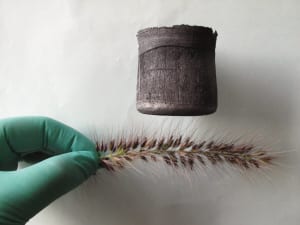
Guest writer Hua-Jie Zhu of Hebei University discusses the role of density in the characterisation of ultralight materials.
Application of nanotechnology shown to substantially reduce necessary dose of anti-HIV antiretroviral efavirenz.
Scientists have found an efficient way to deliver nanoparticles containing a wide range of biomolecules without using endocytosis, for faster drug delivery.

A microfluidic mixing platform creates 3D hydrogels systems with patterns of cell and matrix constituents inspired by native hematopoietic stem cell niches.
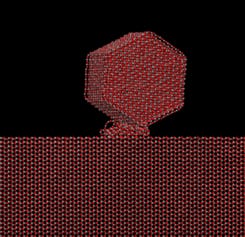
Researchers create a dense, thick, and organic-binder-free ceramic film consisting of stress-free nanoparticles at room temperature.

Nanotechnology tool may help in in detecting harmful gases, pathogens, or explosives.
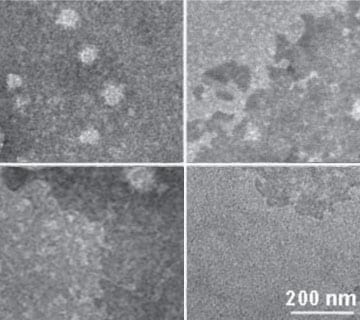
Jun Feng and collaborators address drug delivery challenges by applying boronic acid coupling and host-guest chemistry.
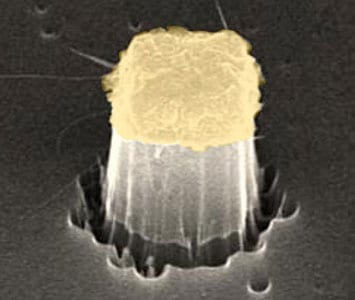
Ultraclean carbon nanotubes hold promise for advances in optical fiber communications, solar cells and LEDs.